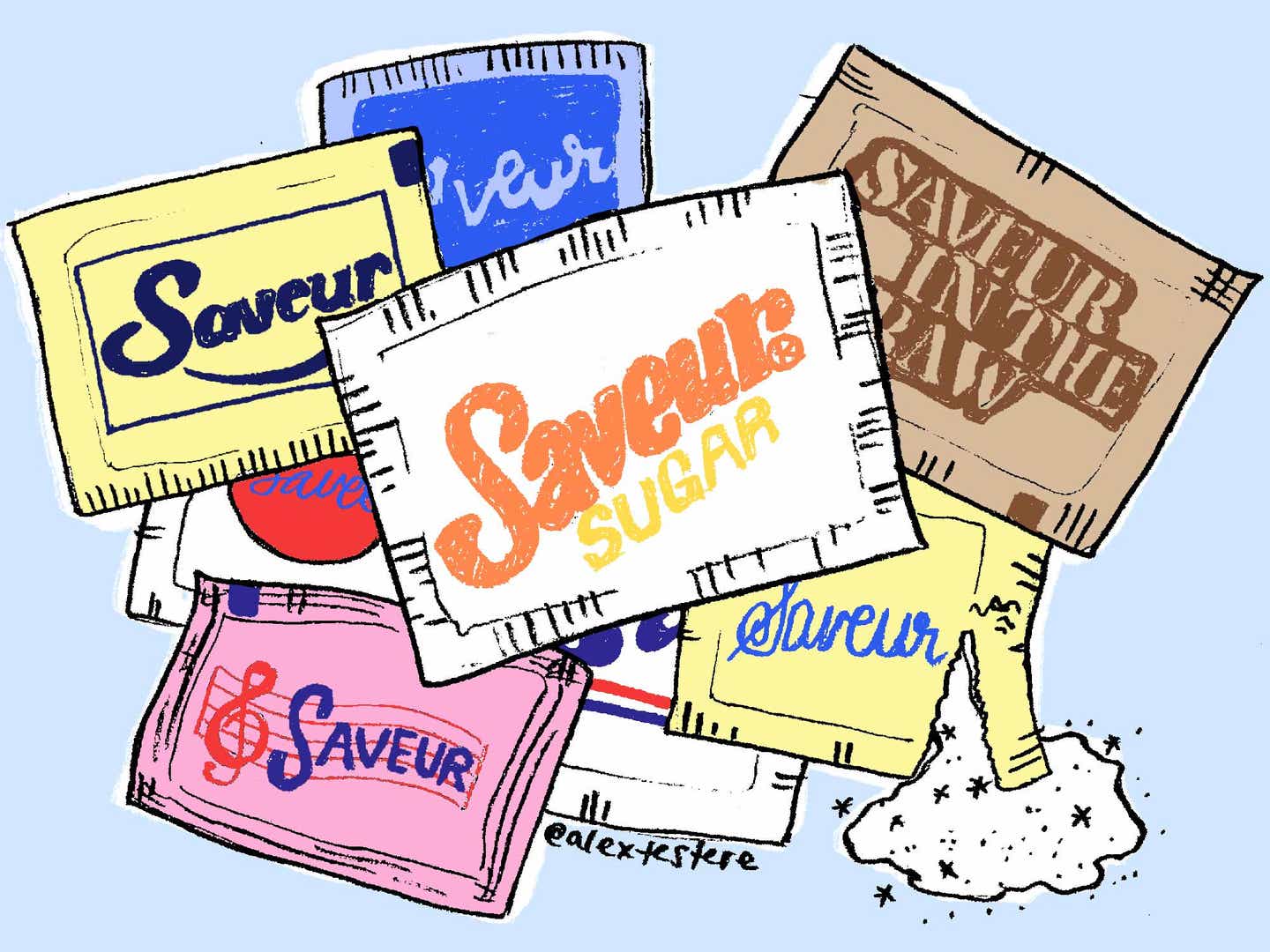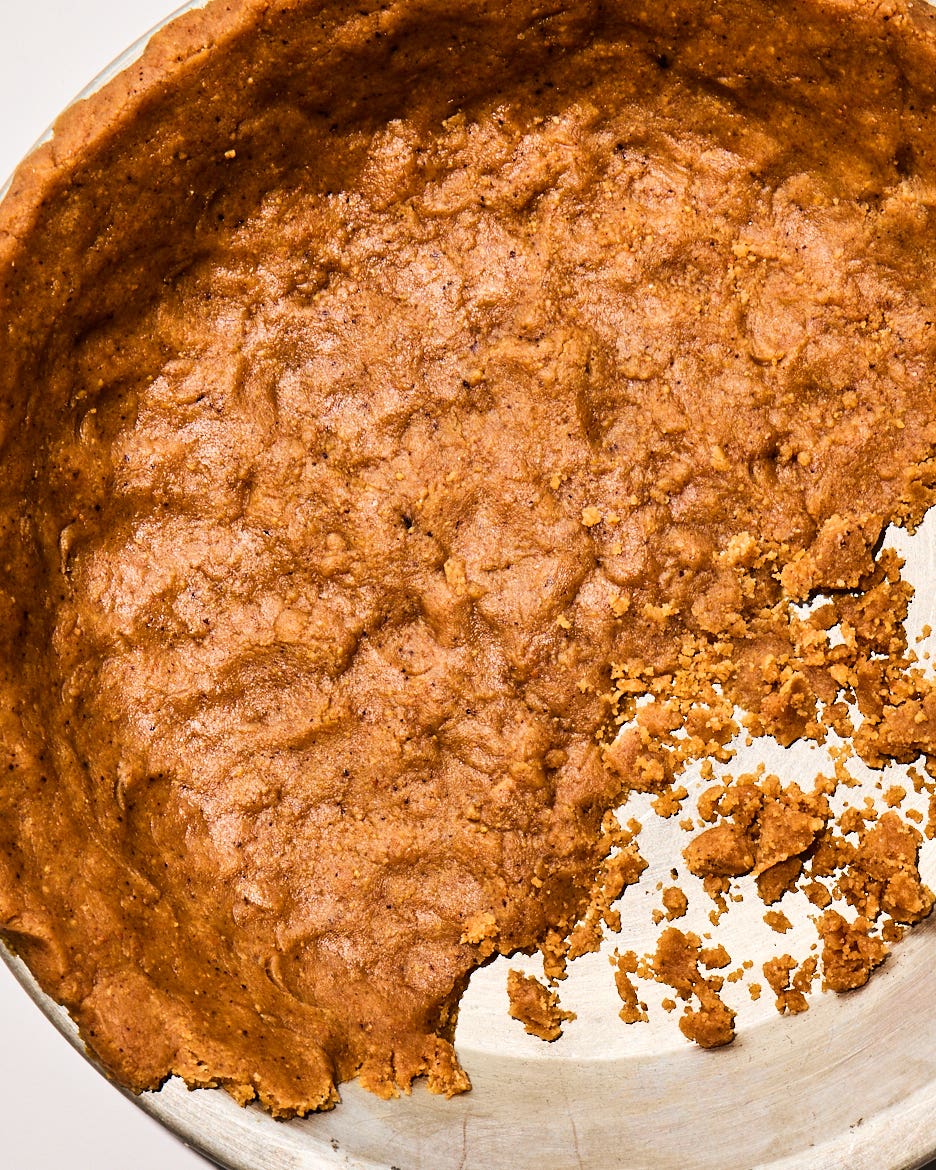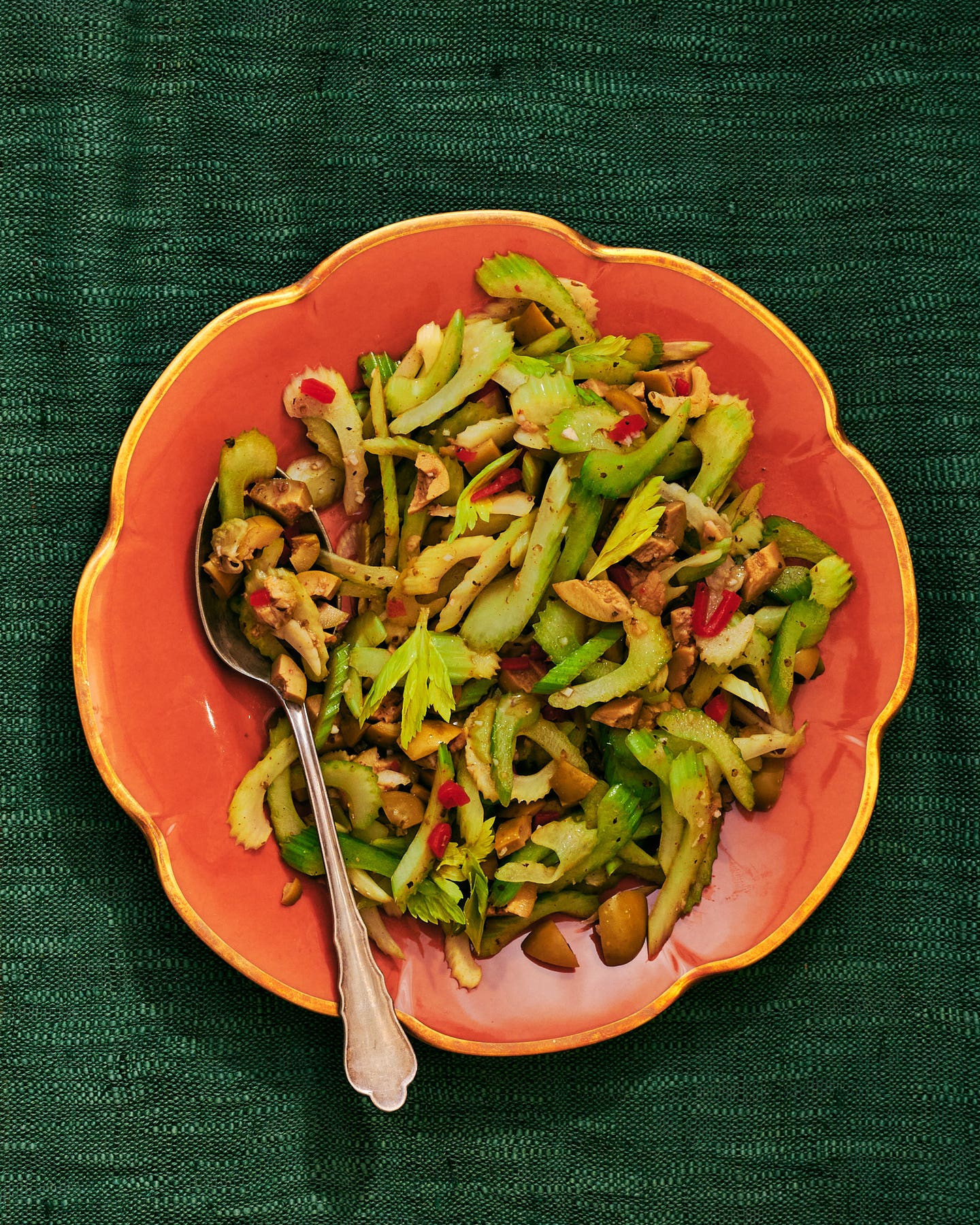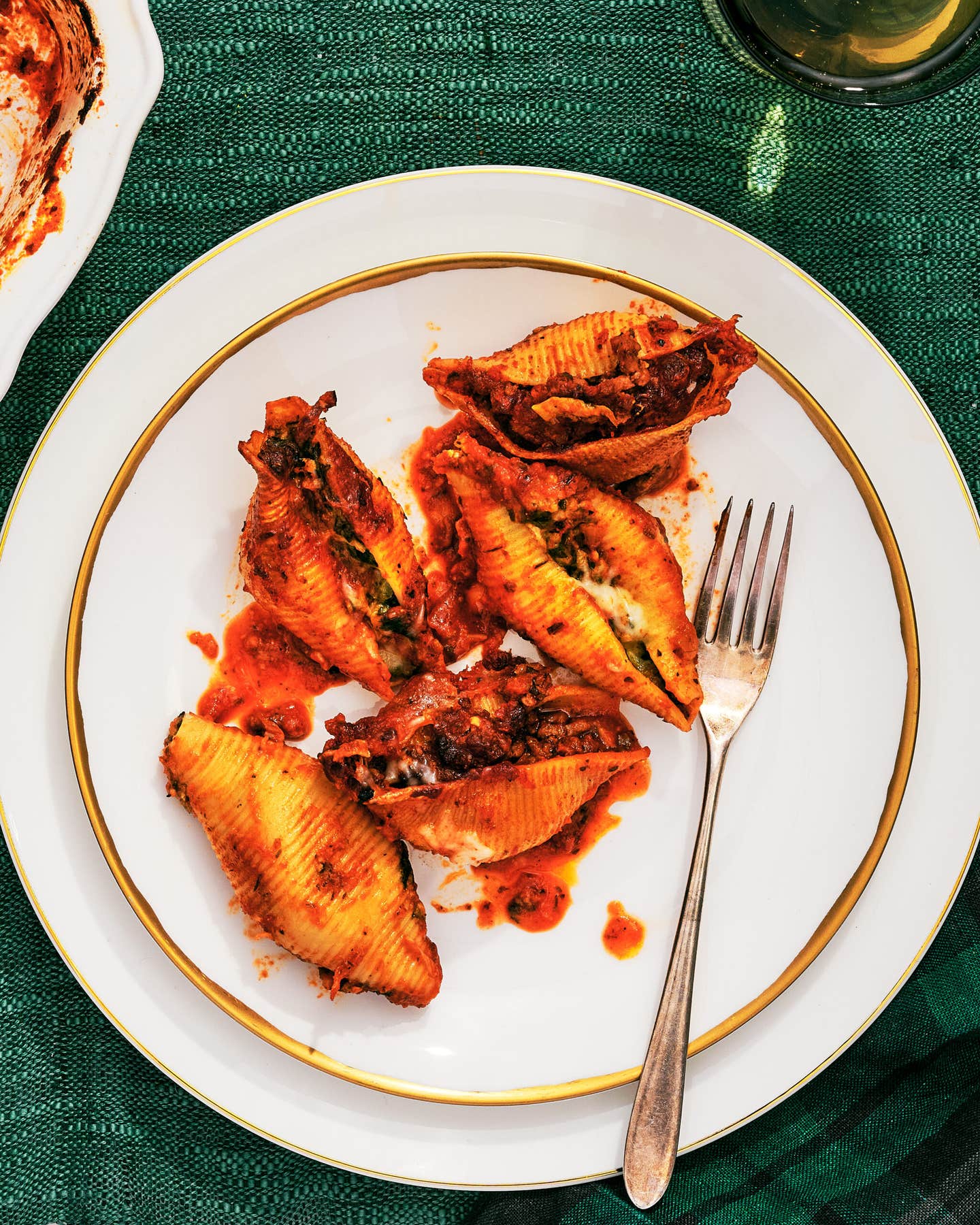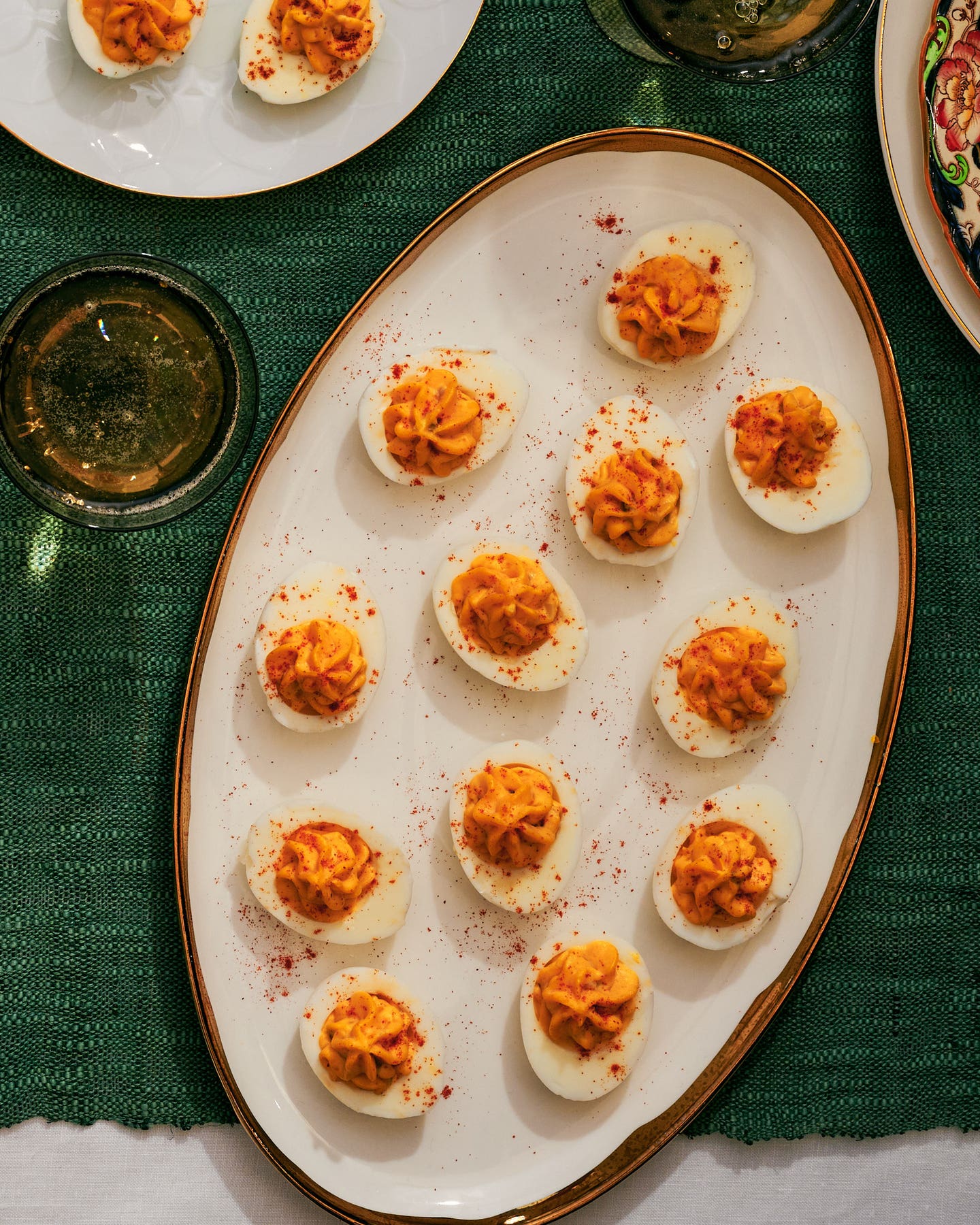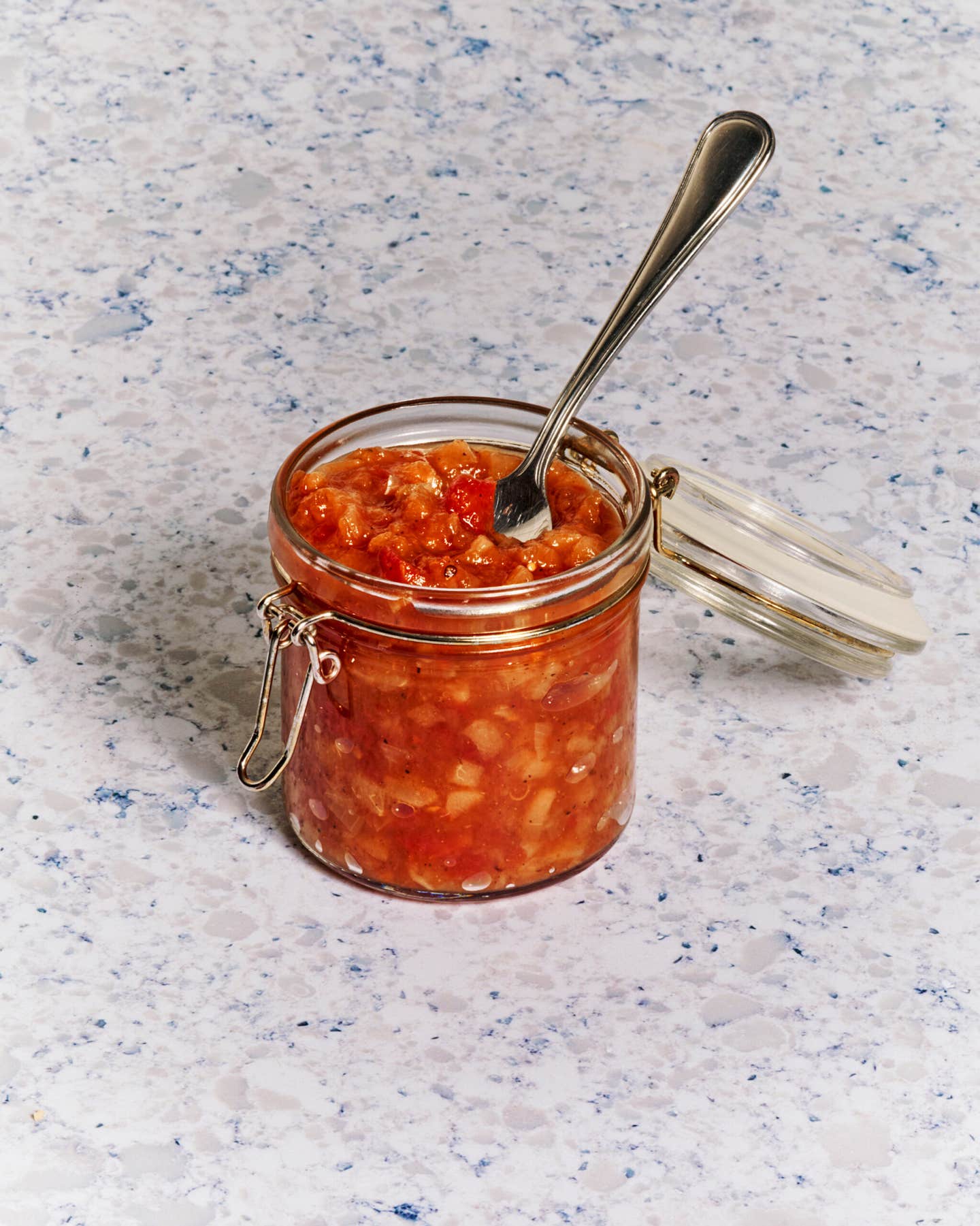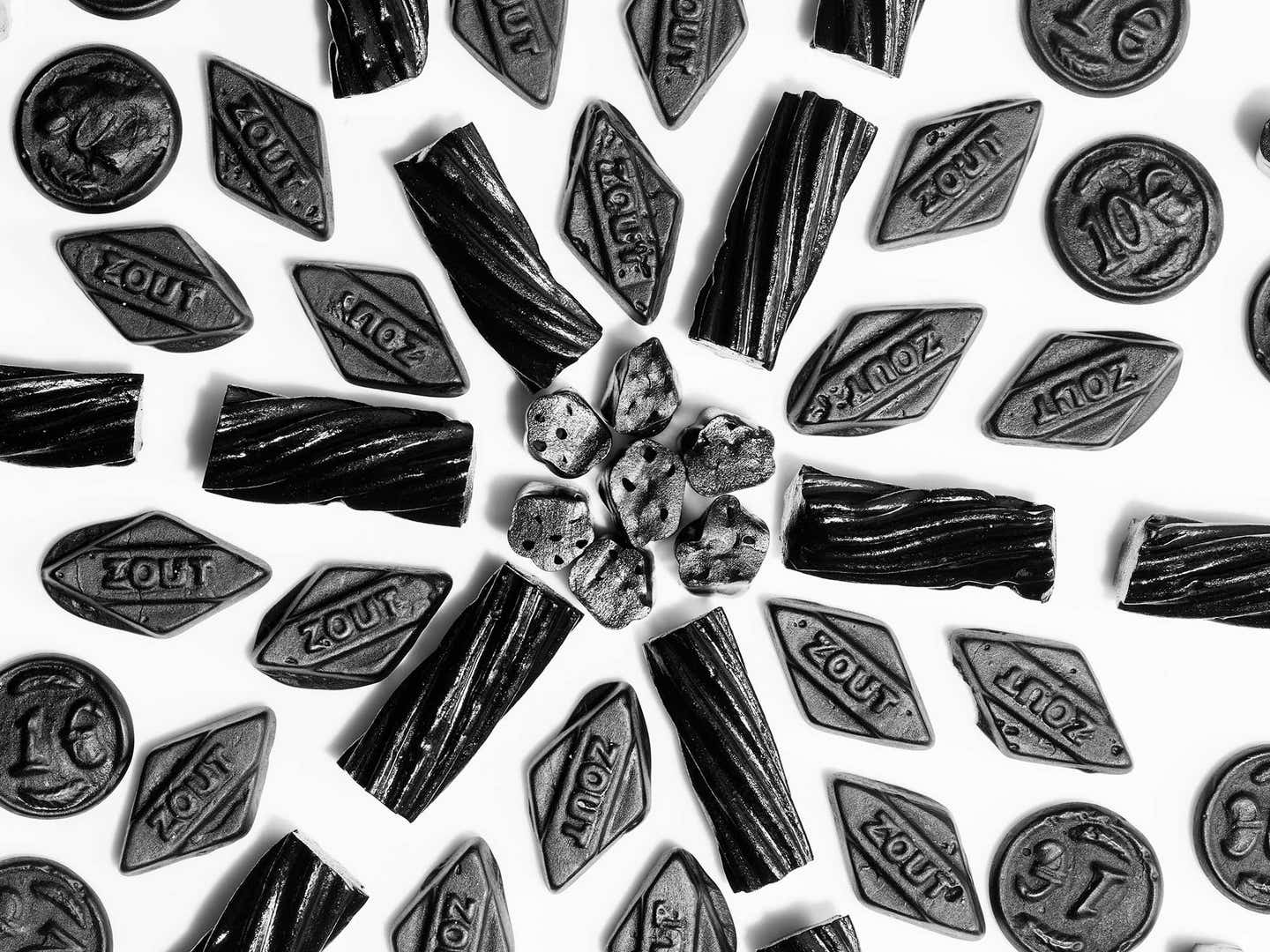
The Trick to Loving Scandinavian Salt Licorice is to Stop Thinking it’s Candy
How to join the salty, spicy, and slightly abusive cult of salmiak
The first time I sampled salmiak, a salt licorice flavor found across Scandinavia, I spit it out on a Copenhagen street corner. It wasn't that this powerful little pastille was bad. It's just that my taste buds had never quite been lit up that way: smacked with a layer of sharp and sour salt dust, then soothed by something bitter and caramel-sweet. It felt simultaneously fascinating and...abusive? Or at least odd, like a knocked funny bone. It wasn't until the second or third try that my confusion turned to appreciation. Addiction came soon after, which coincidentally is how you could define the Nordic relationship to the confection.
Walk into most Scandinavian 7-11s or grocery stores and you'll be welcomed by a wall of at least two dozen varieties of salt licorice. Like Germany's gummies, the treat is molded into everything from skulls to Scottish terriers and in just as broad a range of flavors. In the case of Turkish Peppers, a sticky hard candy that any Swedish child can ID, black pepper adds a spicy dimension. The majority are some shade of black, but some, such as cylindrical School Chalks, have a white candy coating. All contain some level of ammonium chloride, the definitive ingredient that determines the scale of the candy's sensory assault. Lighter varieties give off a mellow tingle, while the potent stuff can deliver a jolt that feels downright electric and nasal.
While no one knows what twisted soul was the first to add NH4CL, ammonium chloride, to licorice root extract and sugar, some suspect old-time pharmacies used the salty compound for housemade cough syrups, as it is powerful enough to clear your sinuses. By the 1930s, licorice bits loaded with the expectorant had blown up across and beyond the Nordic region, including Holland, the world's largest consumer of the treat. The tang of salmiak is so popular in the region today, it's used to flavor pastries, tobacco packets, and even meat dishes.
If you don't like black jelly beans or Good & Plentys, okay, fine, you're probably never going to bridge the divide to salmiak. But if you've got a curious palate, the key to appreciating this lovely oddity is perspective. If you take your first bite anticipating something like candy, as I did, you'll feel a betrayal similar to a giant gulp up of iced tea when you've expected Dr. Pepper. Unlike any other sugary discovery, salmiak obscures a simple savory-sweet binary. Go in with an open mind and, yeah, a napkin, too.
Where to Get It
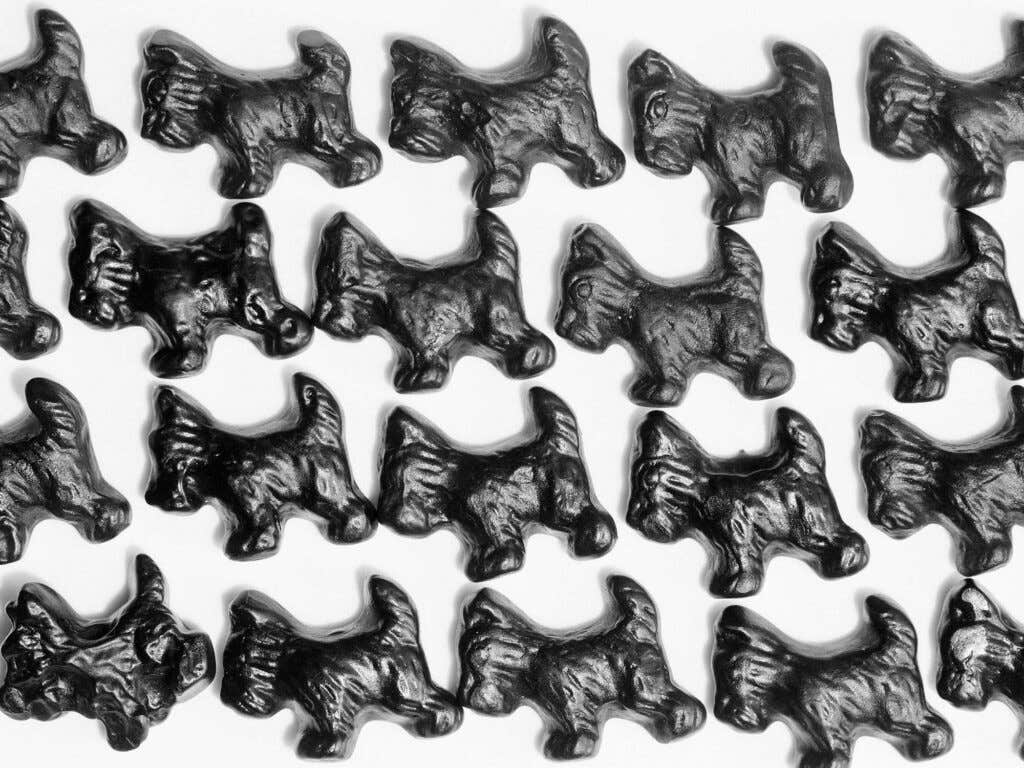
To gain a full appreciation for salt licorice's near infinite varieties, shop around. Economy Candy, Sockerbit, and Licorice International are a good start.
And Here's Some More Licorice For You
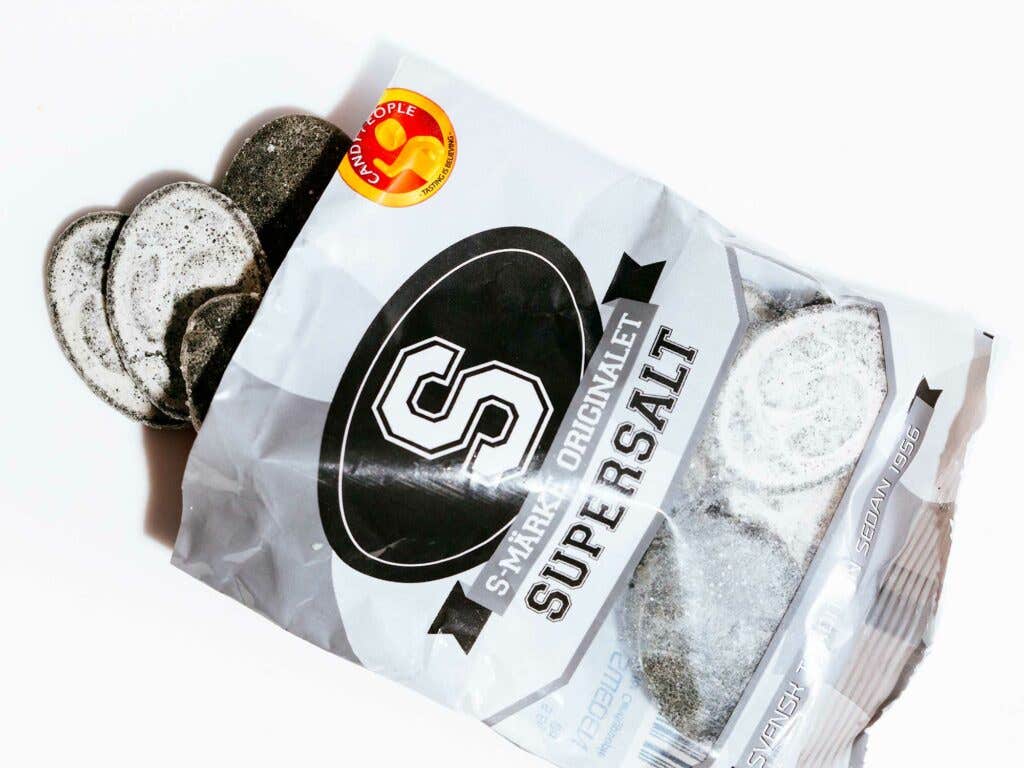
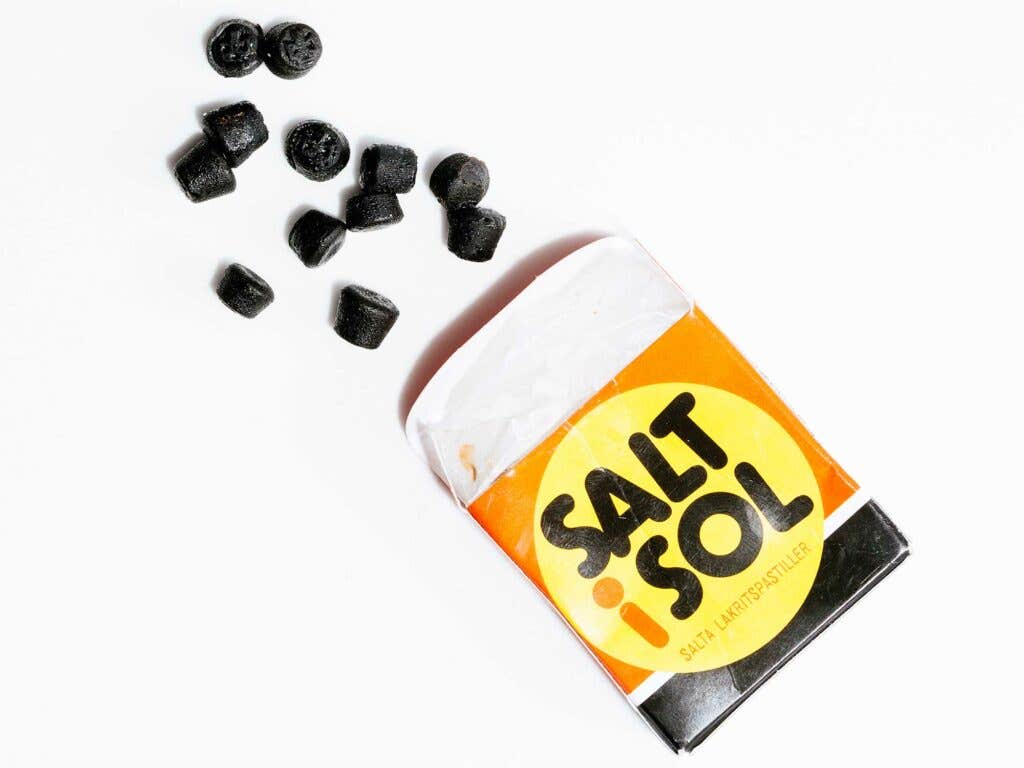
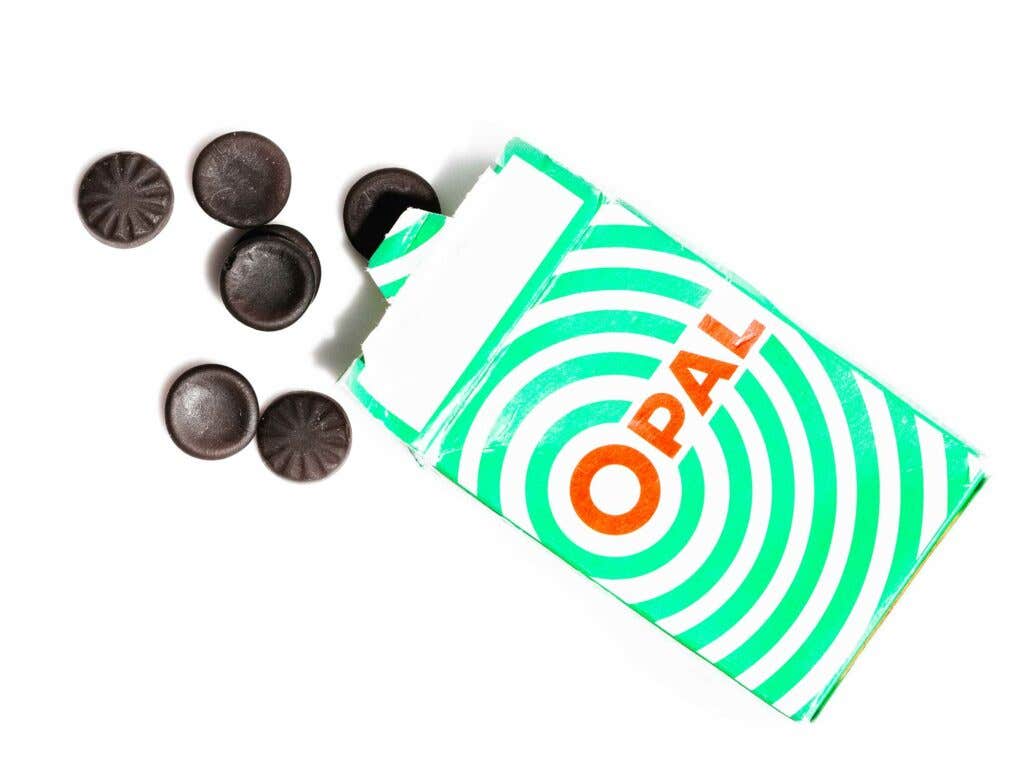
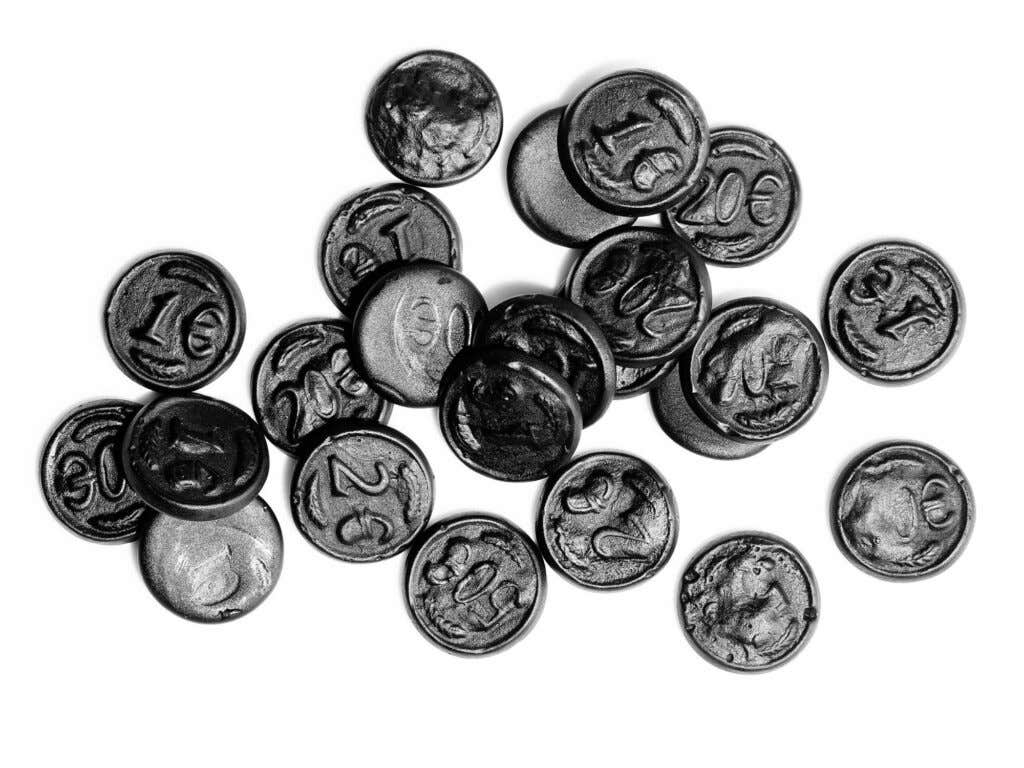
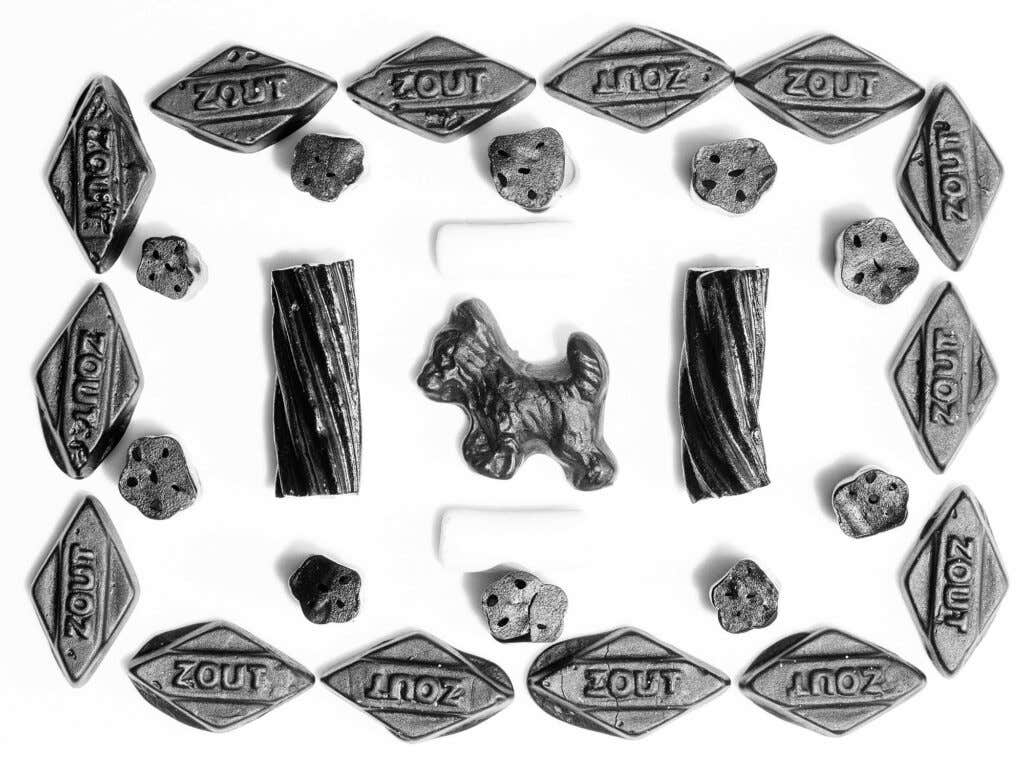
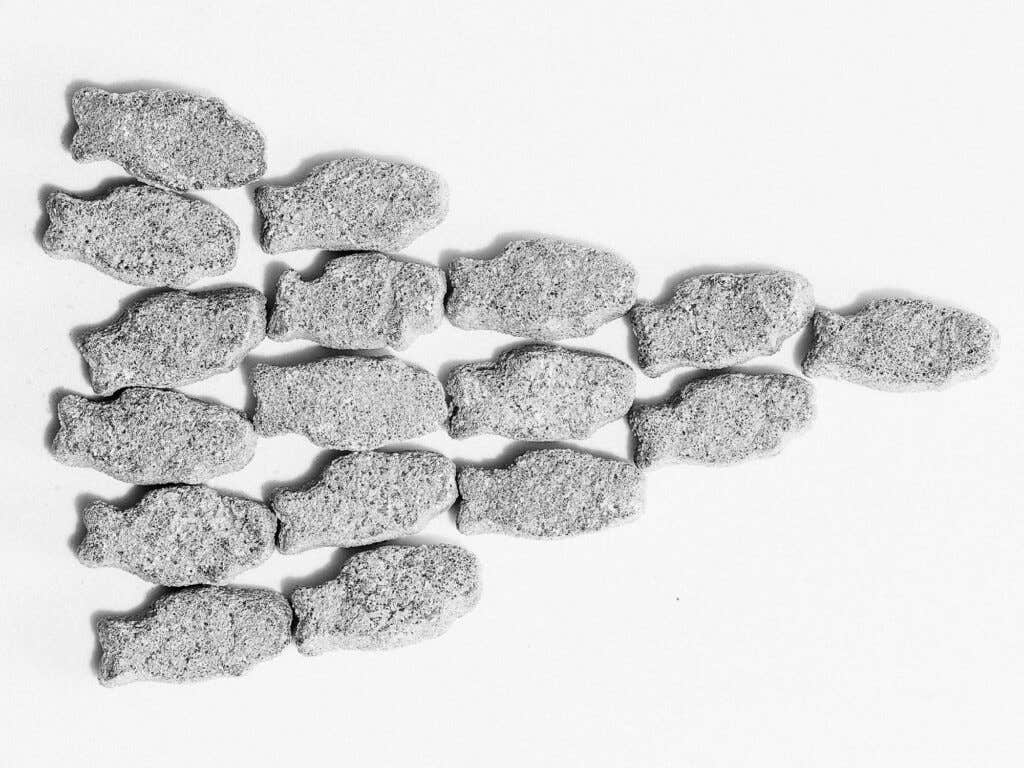
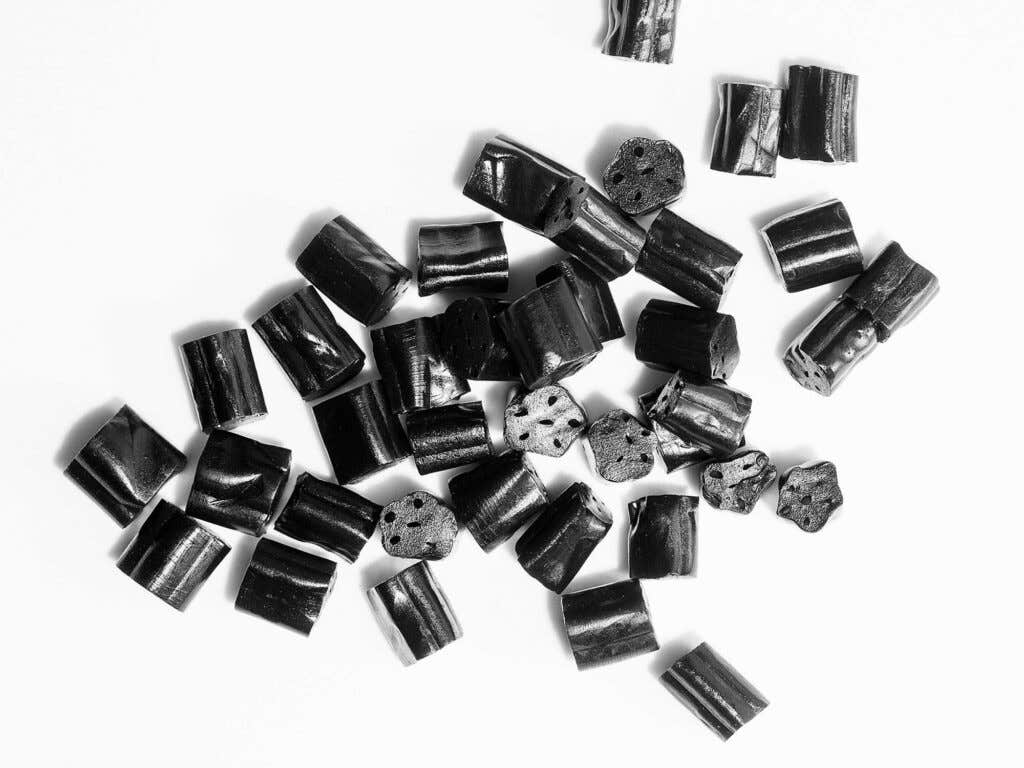
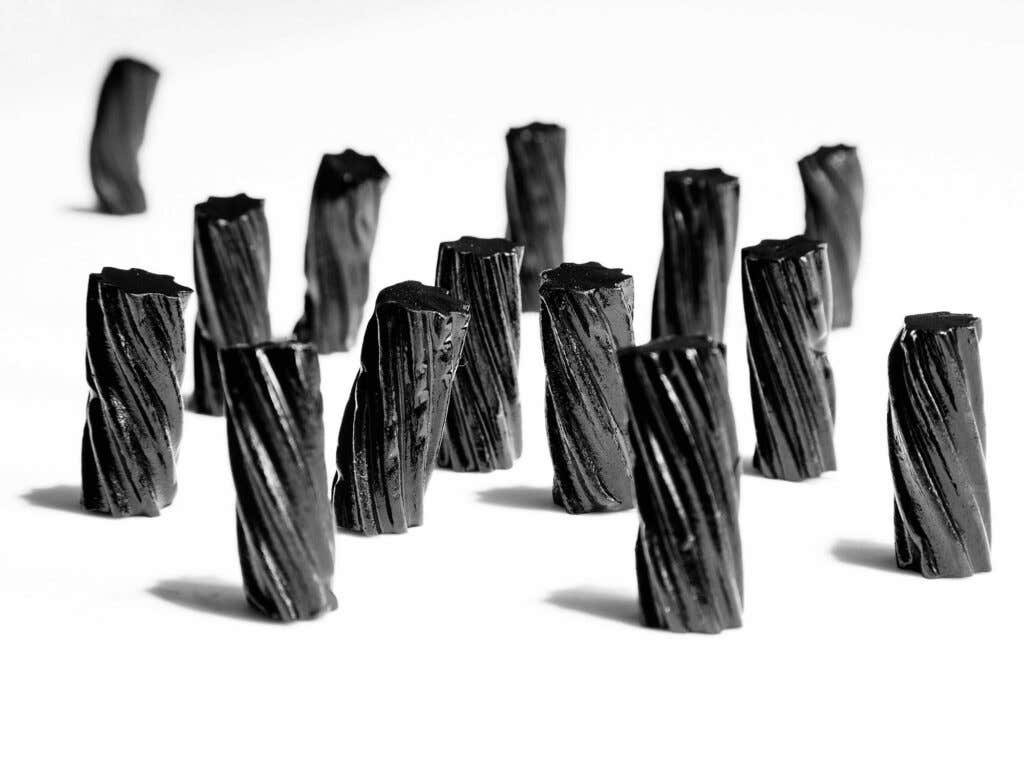
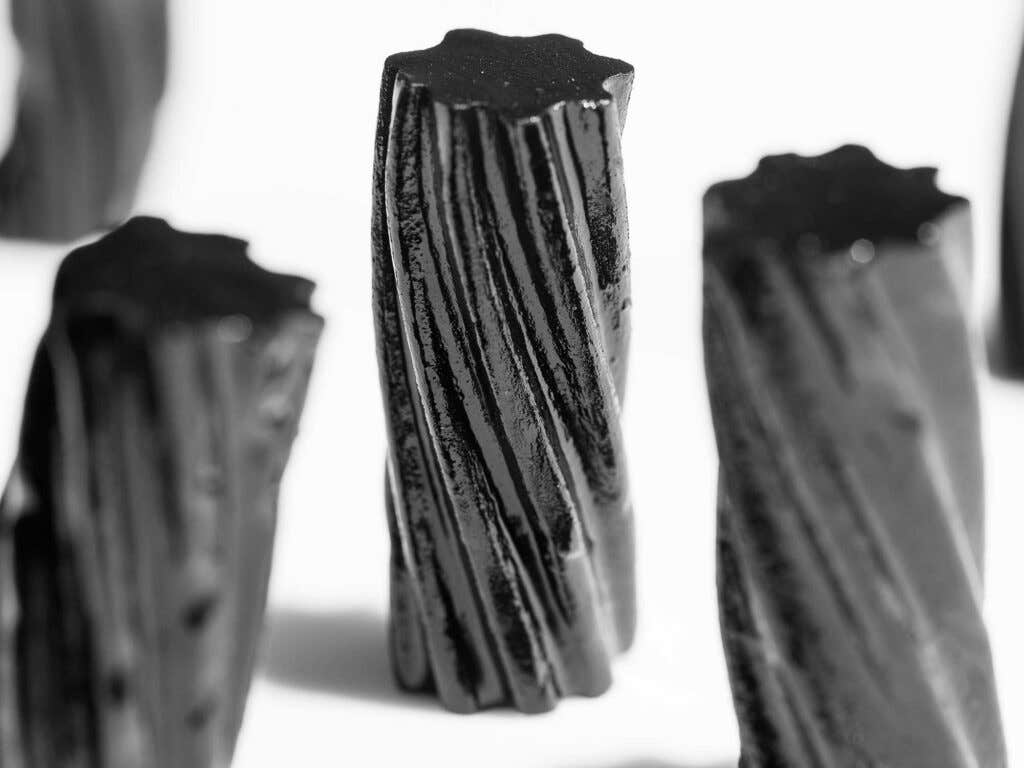

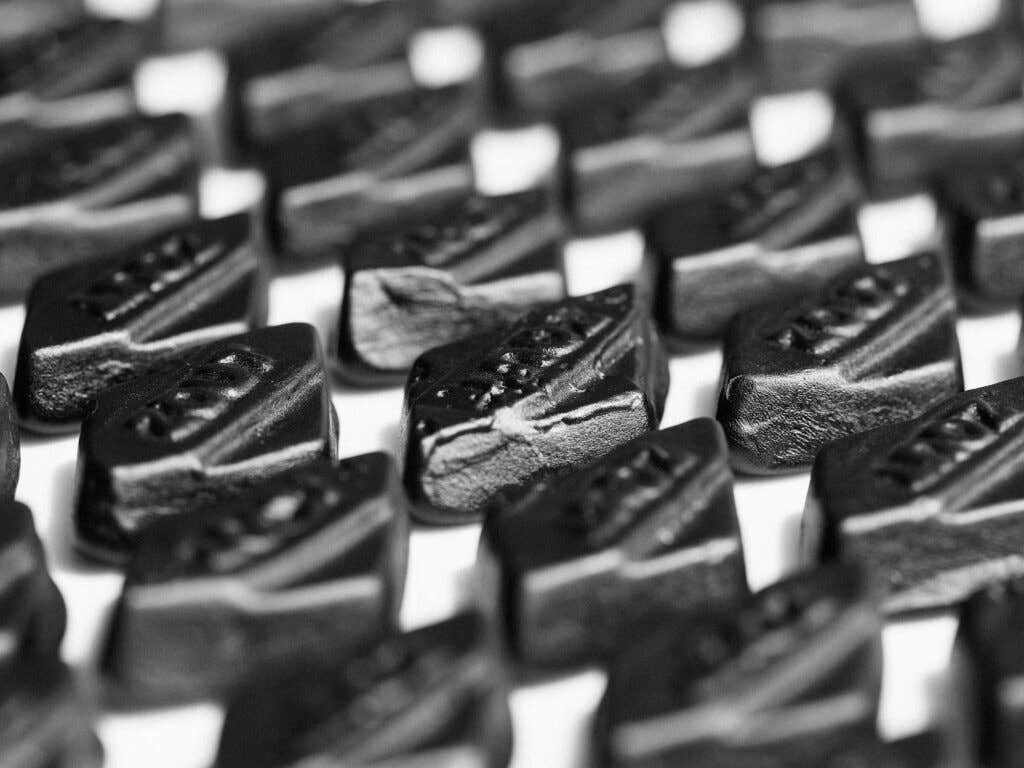
More From The Sugar Files
Keep Reading
Continue to Next Story
